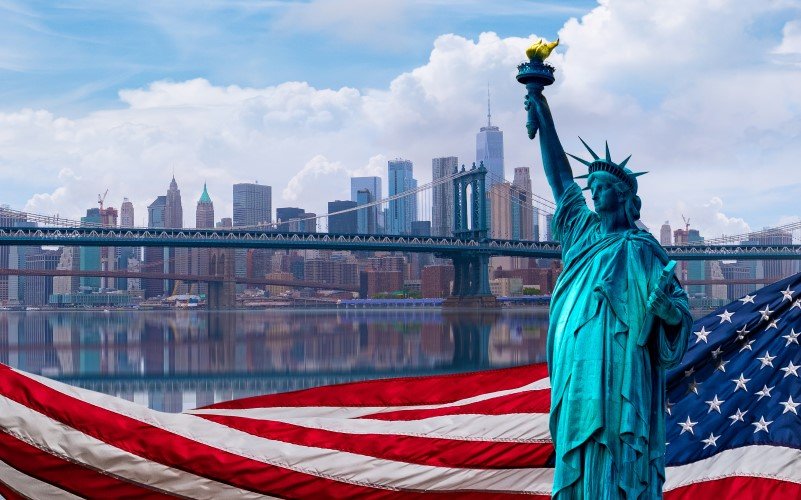
New York City’s history is a dynamic tale of transformation—from its origins as Lenape land to its rise as a Dutch trading post, British colony, and ultimately a global metropolis. Shaped by immigration, innovation, and resilience, the city has weathered revolutions, industrial booms, cultural renaissances, and modern crises to become a symbol of diversity, ambition, and reinvention.
🌿 Pre-Colonial and Indigenous Era
– The area now known as New York City was originally inhabited by the Lenape people, part of the Algonquian-speaking nations.
– Their homeland, Lenapehoking, included Manhattan, Staten Island, the Bronx, Brooklyn, Queens, and parts of the Lower Hudson Valley.
⚓ European Exploration and Dutch Rule (1609–1664)
– In 1609, Henry Hudson explored the region for the Dutch East India Company.
– The Dutch established a permanent settlement in 1624 on Governors Island, naming it New Amsterdam.
– In 1626, Peter Minuit famously purchased Manhattan from the Lenape, though the transaction’s details are debated.
– The colony grew slowly, centered around trade, especially fur, and was governed by the Dutch West India Company.
🇬🇧 English Rule and Colonial Growth (1664–1776)
– In 1664, the English seized New Amsterdam and renamed it New York in honor of the Duke of York.
– The city became a major trading port and a center of slavery, with nearly half of households owning enslaved people by 1730.
– The 1735 trial of John Peter Zenger helped establish freedom of the press in North America.
– Columbia University was founded in 1754.
🗡️ Revolutionary War and Early Nationhood (1776–1790)
– New York played a pivotal role in the American Revolution, including the Battle of Long Island.
– The city was occupied by the British and became a haven for Loyalists and escaped slaves.
– After the war, New York briefly served as the U.S. capital from 1785 to 1790.
– George Washington was inaugurated here in 1789.
🚢 19th Century Expansion and Immigration
– The Erie Canal (completed in 1825) connected New York to the Midwest, boosting trade.
– Massive waves of immigration, especially Irish and German, transformed the city.
– Central Park was established in 1857.
– The Draft Riots of 1863, during the Civil War, were among the worst civil disturbances in U.S. history.
🗽 Industrialization and Global Emergence (Late 1800s–1945)
– The Statue of Liberty was dedicated in 1886, welcoming millions of immigrants via Ellis Island.
– In 1898, the five boroughs—Manhattan, Brooklyn, Queens, the Bronx, and Staten Island—were consolidated into one city.
– The subway system opened in 1904.
– The Harlem Renaissance flourished in the 1920s.
– New York became the world’s largest city by the 1930s.
🌆 Post-War Boom and Cultural Shifts (1945–1970s)
– The city became a global center for finance, art, and diplomacy, hosting the United Nations.
– Abstract expressionism and pop art emerged.
– The Stonewall Riots of 1969 marked the beginning of the modern LGBTQ+ rights movement.
📉 Crisis and Recovery (1970s–1990s)
– Economic decline and rising crime plagued the city in the 1970s.
– A fiscal crisis in 1975 nearly led to bankruptcy.
– The 1980s saw a financial resurgence, but crime remained high until the 1990s.
🏙️ 21st Century: Tragedy, Resilience, and Transformation
– The September 11 attacks in 2001 devastated Lower Manhattan, killing nearly 3,000 people.
– The city rebuilt with the new One World Trade Center and memorials.
– Hurricane Sandy in 2012 caused massive flooding and damage.
– New York became a global epicenter of the COVID-19 pandemic in 2020, with over 80,000 deaths by 2023.








Leave a Reply